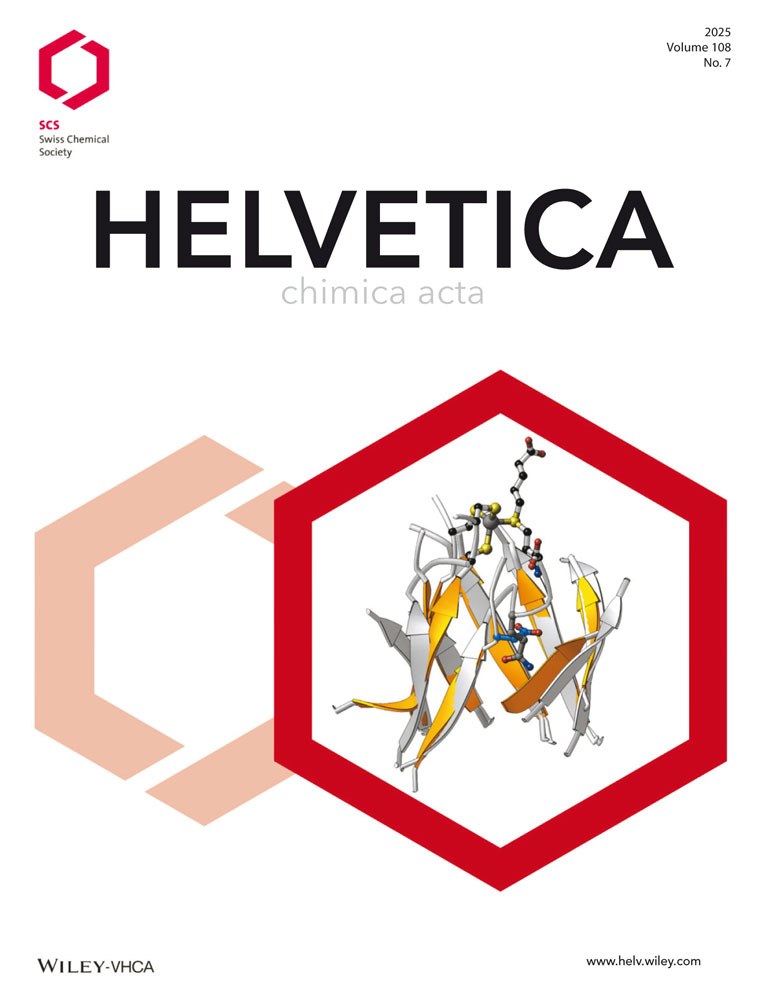Der pro-oxydative Effekt tumorhemmender Methylhydrazin-Verbindungen
Abstract
Tumour inhibiting methylhydrazino compounds such as 1-methyl-2-benzyl-hydrazine phosphate and 1-methyl-2-( p-isopropylcarbamoyl-benzyl)-hydrazine hydro-chloride in aqueous solution in the presence of molecular oxygen cause a degradation of deoxyribonucleic acid (DNA), whereby the DNA molecule is split into smaller fragments without substantial destruction of its double helix structure. This degradation is inhibited by catalase, by peroxydase and by cysteamine, whereas cysteine has only a minor influence. The degrading action on DNA of the methylhydrazino compounds is due to the formation of hydrogen peroxide during their autoxidation. From experimental evidence it is concluded that hydrogen peroxide is formed by a chain reaction with free radicals as intermediates. In the course of autoxidation of the methylhydrazino compounds, strong reducing agents are formed which can cause the formation of OH radicals from hydrogen peroxide. As is known, the latter radicals are very reactive and can cause the degradation of DNA. DNA can be used as a reagent for indicating the presence of OH radicals. It cannot be claimed at present that an attack on DNA is the deciding factor for the cytotoxic effect of the methylhydrazino compounds.




